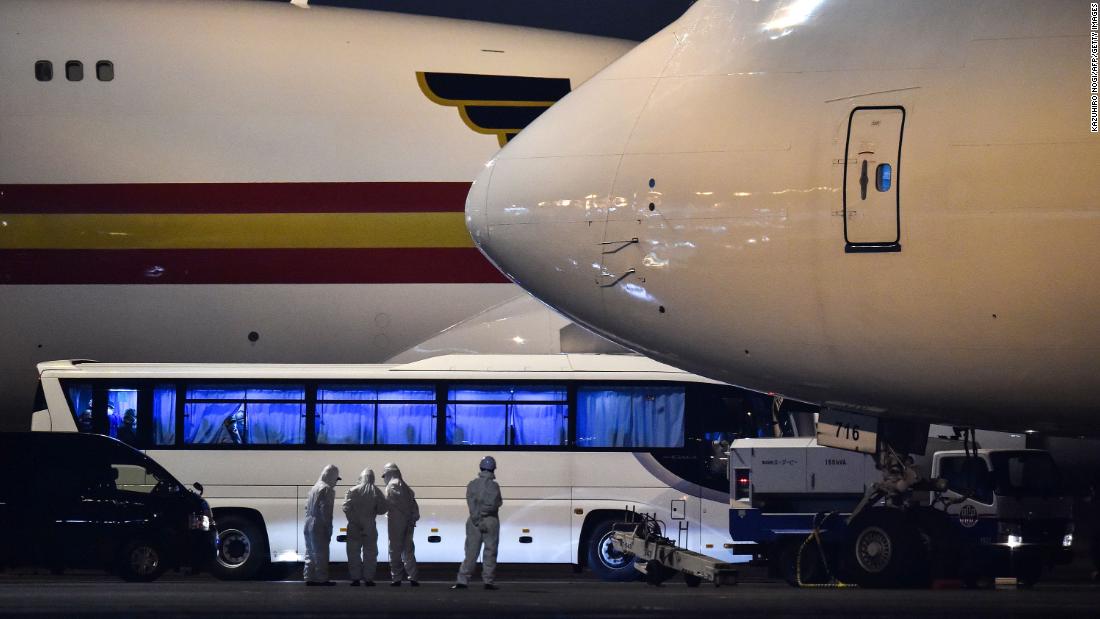[ad_1]

Airlines are responsible for removing passengers who are denied entry to the US out of the country. Additionally, 34 travelers were stopped at preclearance locations — airports where US officials conduct screening before passengers board US-bound flights.
“The vast majority of folks that we are processing are US citizens coming back from China,” acting Homeland Security Secretary Chad Wolf told CNN earlier this month. “We continue to screen those at those 11 airports, continue to refer those to CDC (Centers for Disease Control and Prevention) who are then making further medical determinations about quarantine procedures.”
Customs officers referred 43,263 air travelers for potential secondary screening since the efforts began on February 2. Of those referred at airports, 23,836 required secondary screening, according to the data.
Last summer, as the Ebola virus threat was emerging from the Democratic Republic of Congo, DHS’ Countering Weapons of Mass Destruction Office implemented plans to provide enhanced airport screening at multiple airports throughout the United States. The department’s chief medical officer is housed within the CWMD office.
The department retrofitted its Ebola response plan to deal with the coronavirus outbreak, according to DHS. The contracts put in place last summer for medical teams as part of the Ebola preparations were still in place, and therefore used to respond to coronavirus.
Additional personnel have been added to deal with the virus as well. Around 95 CWMD contractors are employed per day across the 11 airports to conduct medical screenings. As of February 12, 19 DHS personnel, primarily from FEMA, have been embedded with the US Department of Health and Human Services operations center.
There are also 150-200 Customs and Border Protection officers assisting with screening daily at the 11 airports.
[ad_2]
Source link

